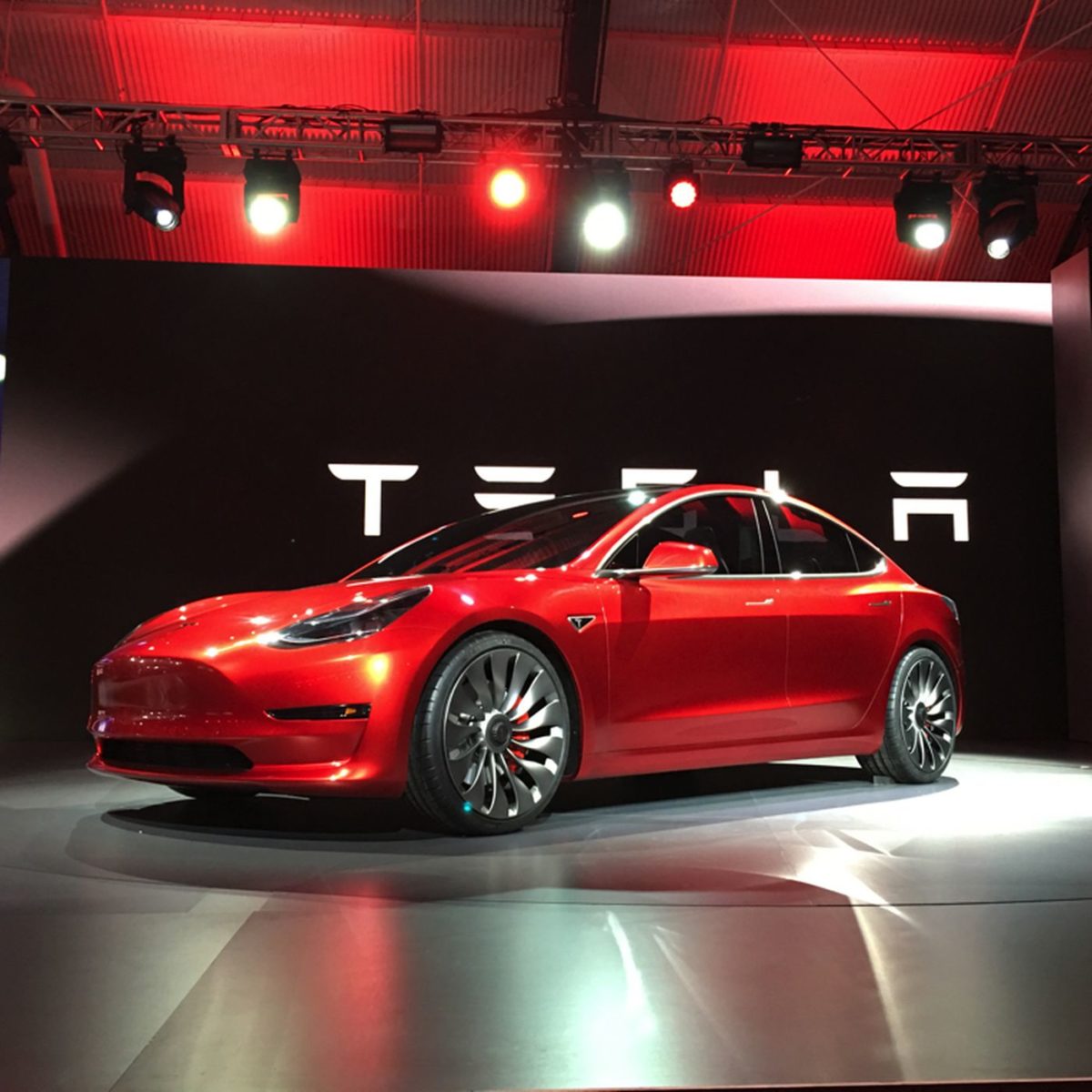Positive Fundamentals
1. Superior Risk-Adjusted Returns Tesla has consistently delivered superior risk-adjusted returns compared to its sector peers over a holding period of at least 12 months. This performance places it in the top quartile, indicating that the company has managed to achieve high returns while effectively managing the associated risks.
2. Positive Cash Flow Over the most recent four quarters, Tesla has maintained a positive total cash flow. This positive cash flow signifies that the company generates more cash than it spends, which is a strong indicator of financial health and operational efficiency.
3. Positive Free Cash Flow Tesla has also reported positive free cash flow over the same period. Free cash flow, which is the cash remaining after accounting for capital expenditures, is crucial as it indicates the company’s ability to generate cash from its operations after investing in its growth.
4. Superior Return on Assets The company’s management has achieved a better return on assets (ROA) in the most recent four quarters than its peers, placing Tesla in the top quartile. This indicates efficient use of the company’s assets to generate profits.
5. Superior Capital Utilization Tesla has demonstrated superior return on invested capital (ROIC) in the recent quarters compared to its peers, again placing it in the top quartile. This suggests that the company is effectively using its capital to generate returns.
6. High Market Capitalization Tesla is one of the largest entities in its sector and is among the top quartile in terms of market capitalization. Large-cap companies tend to offer more stability and are often seen as safer investments compared to smaller, more volatile companies.
7. Superior Earnings Growth Over the previous five years, Tesla has shown top quartile earnings growth compared to its sector. This growth is a positive signal for investors looking for companies with strong profit expansion potential.
8. High Gross Profit to Asset Ratio Tesla is in the top quartile compared to its peers on the Gross Profit to Asset Ratio, a metric popular among value investors for indicating superior returns over the long term.
9. Superior Return on Equity The company management has delivered a better return on equity (ROE) in the most recent four quarters than its peers, placing it in the top quartile. This suggests effective management and the ability to generate higher profits from shareholders’ equity.
Negative Fundamentals
1. Overpriced Compared to Book Value Tesla’s stock is trading high compared to its peers on a price-to-book value basis. This indicates that the market may be overvaluing the company relative to its actual book value, which could be a cautionary signal for value-focused investors.
2. Overpriced Compared to Earnings The stock is trading at a higher price-to-earnings (P/E) ratio compared to its peers and is above the sector median. This high P/E ratio suggests that investors are paying a premium for Tesla’s earnings, which could indicate overvaluation.
3. High Volatility Tesla’s total returns have been volatile and above the median for its sector over the past five years. High volatility means that the stock price has experienced significant fluctuations, which could be a risk factor for investors who prefer stable returns.
4. Overpriced on Cash Flow Basis The stock is trading high compared to its peers on a price-to-cash-flow basis and is above the sector median. This high valuation may indicate that the stock is expensive relative to the cash flow it generates, warranting caution.
5. Low Revenue Growth Over the previous five years, Tesla has shown below median revenue growth compared to its sector. Slower revenue growth can be a concern as it may indicate challenges in expanding sales or capturing market share.
6. Highly Leveraged Tesla is in the bottom half compared to its sector peers on debt-to-equity ratio, indicating high leverage. High debt levels can be risky, especially if the company faces downturns in its business or broader economic challenges.
7. Overpriced on Free Cash Flow Basis The stock is trading high compared to its peers on a price-to-free-cash-flow basis, suggesting that it is expensive relative to the free cash flow it generates. Investors should be cautious and consider the potential risks associated with this high valuation.
Conclusion
Tesla’s stock analysis presents a mixed picture. On one hand, the company showcases several strengths, including superior returns, positive cash flows, and efficient capital utilization. On the other hand, the stock appears to be overvalued on several metrics and carries a high degree of volatility and leverage. Investors should weigh these factors carefully, considering their own risk tolerance and investment goals before making decisions about Tesla’s stock.

































